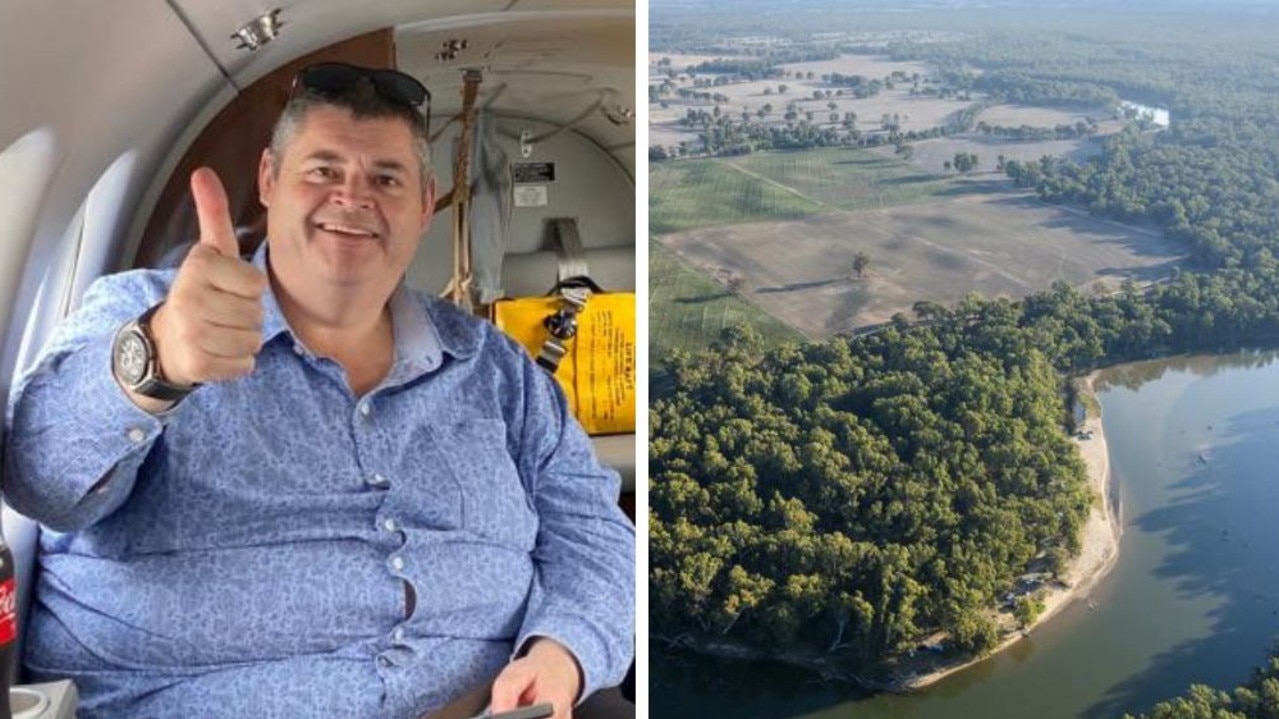
It’s not just migrants and babies that drive the residential property market. All folks who, for whatever reason, move out of one dwelling into another help the property industry; kids leaving the parental home, young couples moving in together, professionals moving to a new city, divorcees selling the former family home, downsizers, tree-changers — the list goes on.
Of all the people who lived in Australia during the 2011 census, 39 per cent had moved home at least once when the 2016 census was conducted. This figure excludes migrants who arrived since 2011 and children who were born after 2011. The equivalent number for a one-year timeframe is 15 per cent.
Property investors have an interest in the geography of housing turnover. In a market with high turnover, tenants change frequently. This leads to more regular renovation and marketing expenditures. Markets with a high share of renters typically indicate a high population turnover. Fly-in-fly-out towns are a specific subgroup of this market.
Two thirds of the population live in our five largest cities. Let’s explore the geographical patterns shaping these five cities. Let’s draw a couple of circles around the city centre of each one.
Within the inner 5km of Sydney, Melbourne, Brisbane, Perth and Adelaide, 39 per cent of the population moved home at least once during the last five years. In the inner suburbs (5km-15km from the centre) the number falls to 32 per cent. In the middle suburbs (15km-25km) we see a further decline, to 29 per cent.
Our inner cities see high population turnover because they are home to many temporary residents, such as international students and expats who only stay in Australia for a few years. The inner cities are also a launch pad for migrants who spent their first few years living close to their office or university before moving to more spacious housing in the suburbs.
Let’s look at our 100 largest cities to see which town had the highest and lowest population turnover.
Working towns such as Karratha, Port Hedland and Broome all had more than half their population move home within the last five years. Managing rental accommodation in these towns must make up a large share of the property sector.
Workers spend a limited time of their career in these towns before they make room for the next lot of workers. A high turnover rate in the job market translates directly into a high turnover in the property market.
Also in the top five we find Yanchep. Technically classified as a separate town by the ABS ranking, Yanchep is a newly built-up outer suburb of Perth. In a recently established area, the population turnover is by default high.
At the other end of the table we see towns with very low population turnover. These towns are generally marked by humble population growth and a less than booming economy. Sydney is the obvious exception in the list. Housing is simply so expensive that established residents are hesitant to move.
Neither high nor low population turnover is inherently good or bad. However, maintaining social cohesion in a town with low population turnover is easier than it is in a town where your neighbours constantly change. Apartment dwellers who know their neighbours willingly attest to that fact.
In this sense, residential property issues are social issues too. The addition of many new people into any neighbourhood or town in a short period is making the task of integration and social cohesion increasingly difficult.
What might help here are small-scale neighbourhood initiatives. There are countless wonderful projects to be found across Australia. These initiatives usually rely on no more than a handful of very driven individual, long-established residents.
The more you feel that your neighbourhood or town is struggling under the load of newcomers, the more the social cohesion of the area lies in your hands — after all, who else has been around longer than you, knows the area better than you, is more emotionally invested in the area than you?
Who is going to do the groundwork of inviting all neighbours individually to a social gathering? Who is organising the street-wide (or apartment building-wide) barbie in the park? Who is not tiring of introducing themselves to the new neighbours across the street? Who is starting friendly small talk in the lift?
Creating a socially cohesive street, town or nation isn’t an easy one-off task, it’s a never-ending series of small neighbourly gestures extended to all newcomers in the neighbourhood. This isn’t easy and it forces established locals into a position of responsibility that they haven’t chosen.
Such gestures of generosity are deeply ingrained in the Australian psyche. The current bushfires in NSW and Queensland once again show countless examples of Australians helping their neighbours.
Wouldn’t it be great if we managed to show this spirit more often outside the context of natural catastrophes?
Simon Kuestenmacher is co-founder and director at The Demographics Group. Research by Hari Hara Priya Kannan.




We know that population growth, either through migration or natural increase, is the motor of the Australian property industry. We need to finance, build, market, sell and service one new dwelling for about every 2½ new people added to our country.